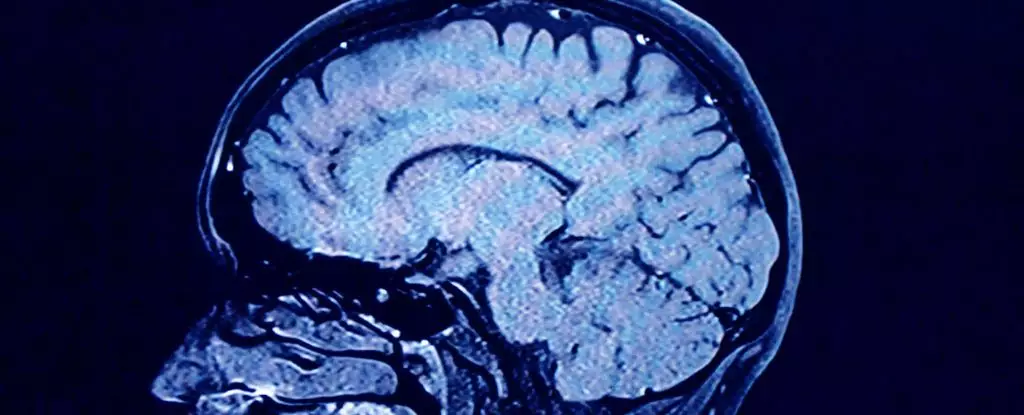As the world continues to grapple with the aftermath of COVID-19, the condition known as long COVID has emerged as a stubbornly persistent issue affecting an estimated 5-10% of those infected with the virus. Characterized by symptoms lasting three months or longer, long COVID is not merely a fleeting aftereffect of the acute infection but a complex and multifaceted syndrome. This article delves into recent research suggesting that the root of long COVID may lie in viral persistence within the body.
Viral persistence refers to the sustained presence of viral particles within the body long after the initial infection has subsided. Early in the pandemic, health professionals noted that remnants of the SARS-CoV-2 virus have a tendency to linger in various tissues and organs, an observation that has attracted increased attention from researchers. The implications of this phenomenon are profound: if the virus continues to replicate even at low levels, it raises crucial questions about transmission, treatment, and the long-term health implications for those affected.
Understanding whether live virus remains active in the body, as opposed to mere fragments of genetic material, is essential. This distinction carries significant weight, for if active virus is present, it can be targeted with antiviral therapies – a possibility that offers hope for effective interventions against long COVID.
Numerous studies have begun to substantiate the link between persistent viral presence and the incidence of long COVID. A notable study published in *Nature* highlighted that patients with mild COVID symptoms continued to shed viral RNA for extended periods. Importantly, a correlation was found between prolonged shedding and the development of long COVID symptoms. This suggests that even individuals with seemingly mild cases may be at risk of enduring health issues due to an undetected viral presence.
Further investigations revealed that viral RNA and proteins remained detectable in blood samples and various tissues well beyond the initial infection phase, hinting that the virus may hide in ‘reservoirs’ throughout the body. Notably, the gastrointestinal tract has emerged as a site of interest where the virus might persist. Such findings highlight the need for comprehensive screening and monitoring of patients who have recovered from COVID-19 to catch potential cases of long COVID early.
Despite the mounting evidence, proving the existence of a live virus persisting in the body remains a significant challenge for researchers. Isolating the active virus from the body’s reservoirs requires sophisticated techniques and innovative methodologies, which often complicates the process of gathering conclusive data. Thus far, while studies show a compelling association between persistent viral remnants and long COVID, definitive proof that live virus can replicate for years continues to elude the scientific community.
This gap in concrete evidence should not deter action, however. The collective findings from various studies present a strong case calling for urgency in the response to long COVID—a condition that deserves focused attention and research funding.
With the compelling evidence supporting the association between viral persistence and long COVID, the next step lies in catalyzing action for treatment and prevention. Rapid trials of existing antiviral drugs could yield promising results, especially for individuals at risk of long COVID. In addition, examining the potential benefits of seemingly unrelated medications, such as metformin, may provide new avenues for treatment.
A broader initiative to develop innovative drugs tailored specifically for long COVID is also critical. Collaborative partnerships between research institutions, pharmaceutical companies, and government bodies can provide the necessary support and investment to expedite the transition from laboratory findings to clinical applications.
The narrative surrounding long COVID must shift. Understanding viral persistence as a major contributor to the condition can help demystify long COVID’s complexity and raise awareness among medical professionals and the general public alike. This knowledge should underscore the importance of mitigating not just initial COVID-19 infections but also subsequent reinfections, given their substantial risks.
Improving indoor air quality, utilizing high-quality masks, and maintaining vaccinations are proactive measures that can help minimize the spread of the virus and protect public health. Moreover, raising awareness about the impact of long COVID on all demographics—particularly among individuals aged 30 to 49—should drive community initiatives aimed at reducing infection rates.
While the quest for effective treatments for long COVID continues, fostering greater awareness and understanding of its underlying mechanisms is crucial. As research evolves, we hold onto hope that therapeutic advancements will emerge to combat long COVID effectively. Until then, proactive public health measures and increased vigilance in managing COVID-19 remain essential tools in our arsenal against this enduring challenge.


Leave a Reply